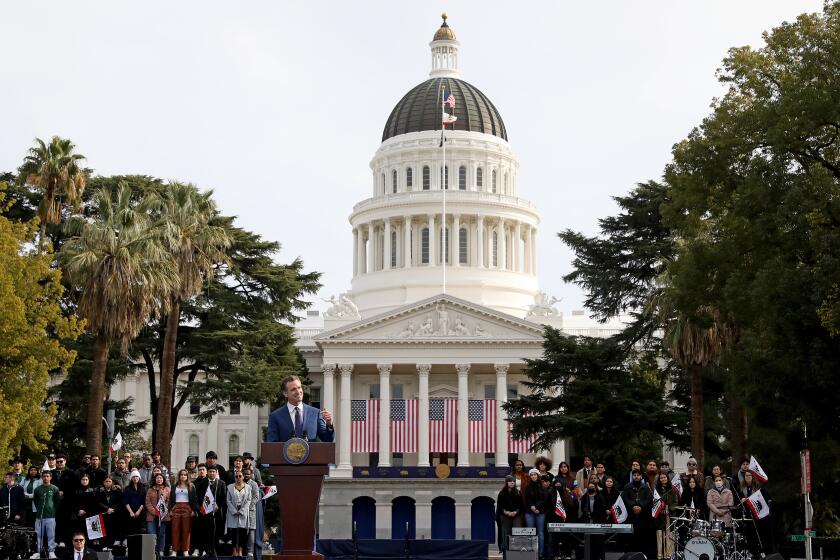Reach Out, for Health’s Sake
- Share via
UCLA and Rand Corp. researchers have found that nearly 40% of Latino children in East and South-Central Los Angeles are legally eligible for Medi-Cal health benefits but are not signed up for them. This is not primarily a problem of language barriers, immigration status or length of stay in the United States. The study found that the Medi-Cal system simply “hasn’t reached out to the working poor,” a status that describes many Latino wage earners, including those whose employers do not offer health benefits.
The lack of a concerted public information drive is frustrating, especially since Medi-Cal was expanded several years ago to offer health benefits to poor children. State health officials point out that the restrictive, court-blocked Proposition 187 and federal health care reform do not curtail Medi-Cal benefits for legal immigrants in California.
The problem also exists in Orange County and much of the rest of the nation. A 1989 study found that 9.2% of Latino children in the United States had never had a routine physical exam, much less a visit to a dentist. That compared with far lower percentages among other groups.
There are solutions. Take North Carolina, for example, where the percentage of Medicaid- eligible children receiving care stood at a woeful 37.8% in the national study. Through a program called Health Check, North Carolina health departments deployed small numbers of staff members to contact large numbers of families through telephone calls, letters and home visits with the goal of helping them learn about and receive health services. In New York City, a widely circulated guide to city services includes a medical “Eligibility Hotline.”
Here, the California School Boards Assn. connects families to the system through a program that helps schools recover money spent on health services to Medi-Cal-eligible students. It’s working, but more must be done. Community groups and elected officials should get involved.
The rewards: reduced medical costs, fewer cases of infectious disease in the schools, fewer families relying on emergency rooms for their primary health care. The effort will pay.
More to Read
Sign up for Essential California
The most important California stories and recommendations in your inbox every morning.
You may occasionally receive promotional content from the Los Angeles Times.










